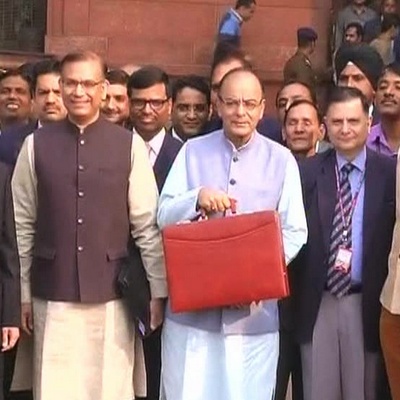
Policy deliberations on the appropriate rate of India’s proposed GST have almost exclusively focused on a so-called Revenue Neutral Rate (RNR). In addition to the difficulties in modelling the RNR particularly when the tax-base and design parameters are yet to be decided, we argue that the RNR is an inappropriate basis for designing the rate structure. It is puzzling that while there is consensus that the current system is inefficient and unfair, with disproportionate high administrative and compliance costs constraining India’s growth and competitiveness, the policy debates continues to emphasize RNR for the GST. Why should the proposed GST –designed to overcome the limitations of the current taxes on domestic goods and services (i.e. consumption taxes) – aim to obtain revenue equivalent to that from the current distorted system?
The public financial management literature provides neither theoretical nor empirical rationale for structuring the GST rate in this manner. The importance of this point is accentuated by the fact that the proposed GST has the potential to expand the tax base, and it is the combination of tax base and tax rate of how much revenue is obtained from a given tax. Moreover, it is not appropriate to regard the current public financial management practices in India of not taking into account the potential of better expenditure management, and raising revenue from more productive use of state assets.
The Nature of Distortions Explained
There is broad consensus that India’s current system of taxes on domestic goods and services (henceforth shortened to consumption taxes) significantly distorts the allocation of resources, methods of doing business, and consumer choices as there is non-uniformity in taxation of different goods and services, and between good and services. The Constitutional restriction that States cannot levy sales tax on services, and the Union government cannot levy sales tax on goods has contributed to the above outcome, and has significantly increased the administrative and compliance costs of consumption taxes. This restriction has also contributed to making India’s goods-producing or manufacturing sector less competitive.
A break-down of India’s current taxes suggests that the goods-producing sector generates a substantially higher proportion of tax revenue relative to its share in national income, with the reverse being true for services. This has made the system quite inequitable. The most recent data from the Indian Public Finance Statistics suggests the combined taxes of union and state governments on goods accounted for 6.8 percent of GDP in 2014-15, while the share of manufacturing in India’s GDP was around 17 percent according to the World Bank. In contrast, the share of services in the tax revenue was 1.7 percent of GDP while the share of services in GDP was 52 percent. There is an empirical tendency of the share of household budget spent on services to increase as income increases, and vice-versa for goods. This strongly suggests that consumption taxes which India has established burdens the lower half of the income groups to a greater extent than the upper half. This ironically was done in the name of socialism!
Mukul Asher is a Professorial Fellow, National University of Singapore and the Director of Public Policy at Global Village Foundation (GVF) Delhi.
Azad Singh Bali is from the School of Management & Governance, Murdoch University. This article was first published in MyIndMakers , March 2,2016